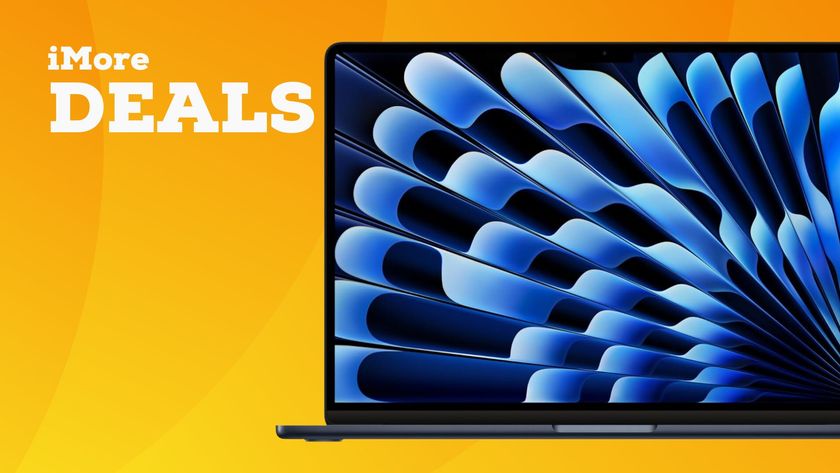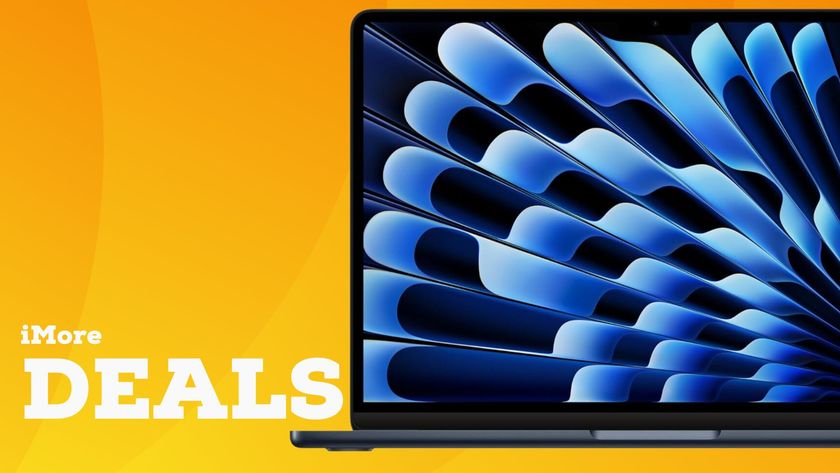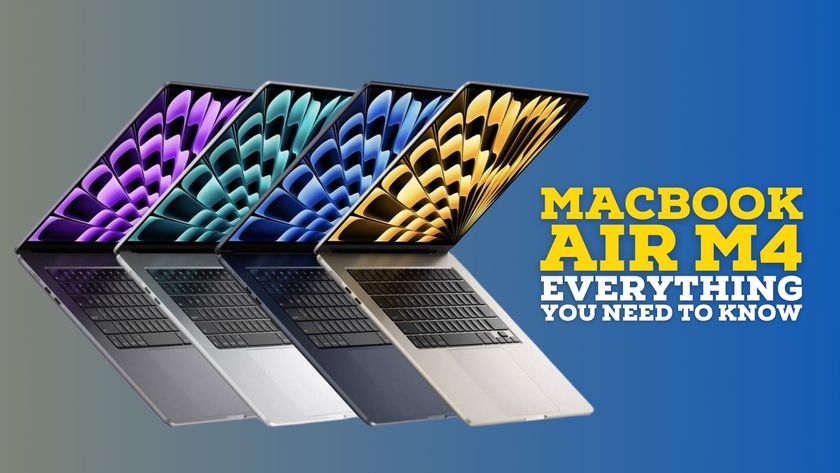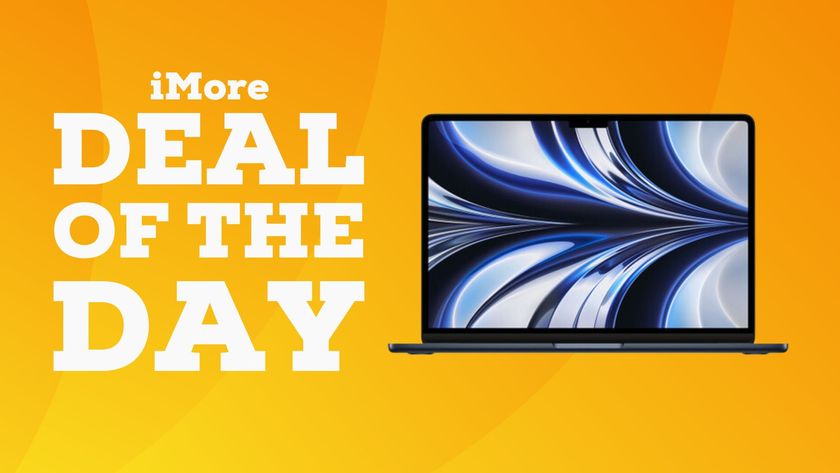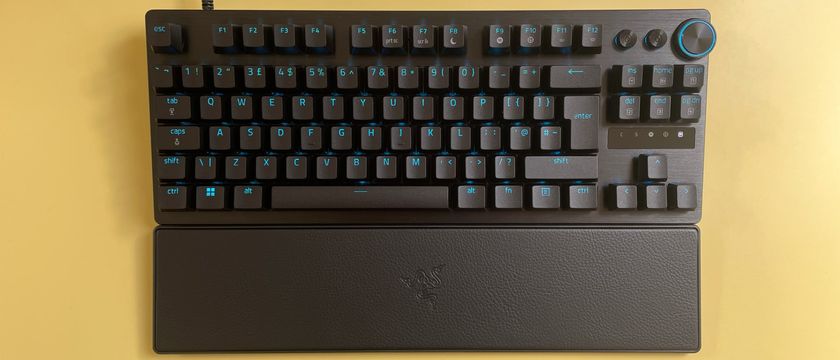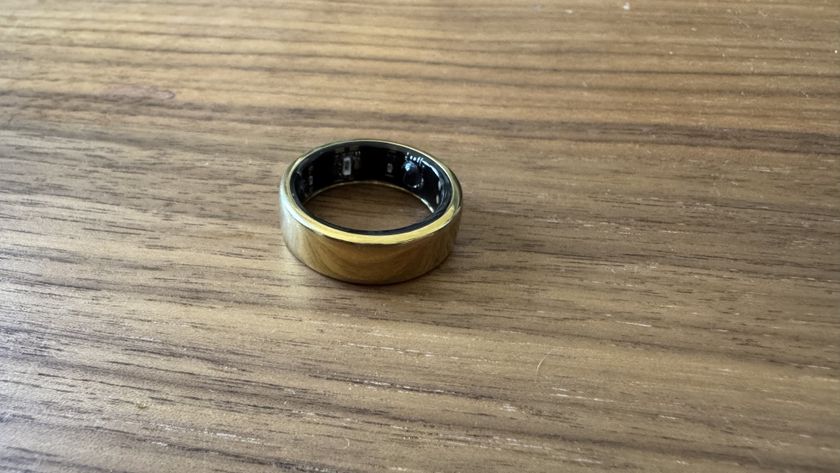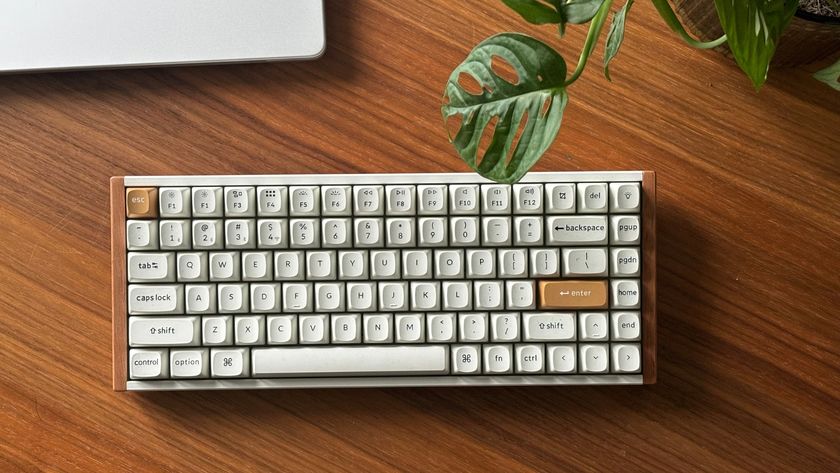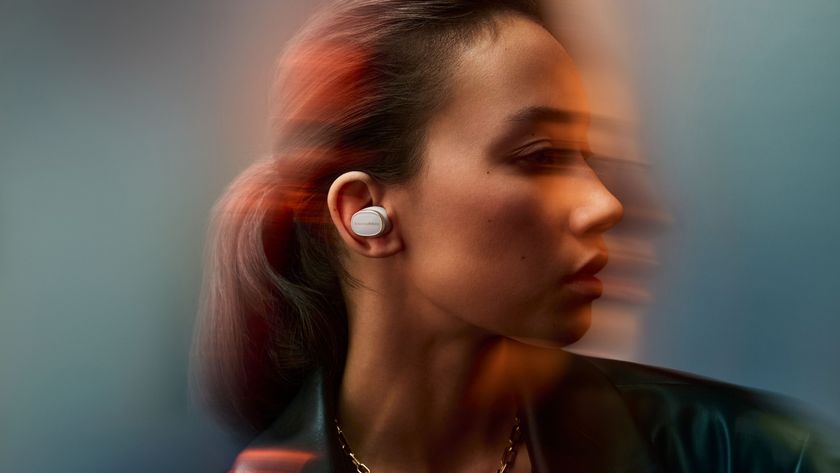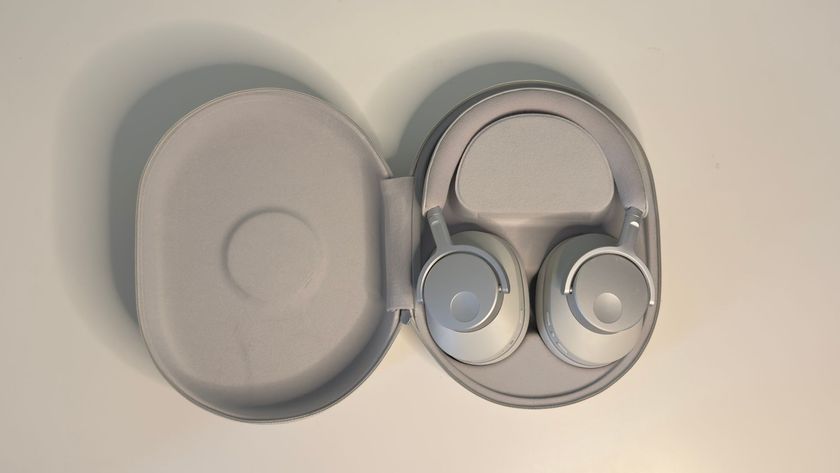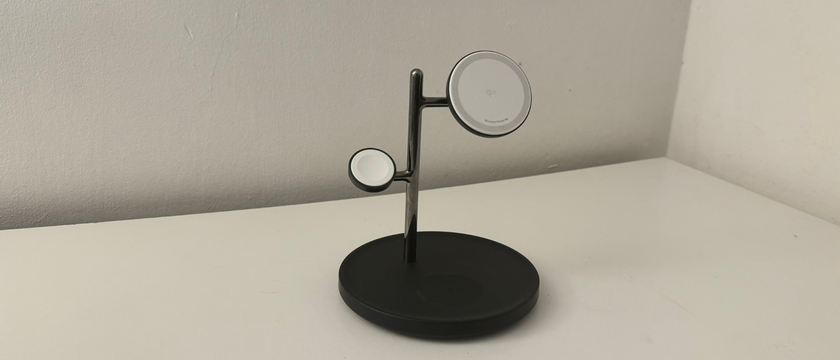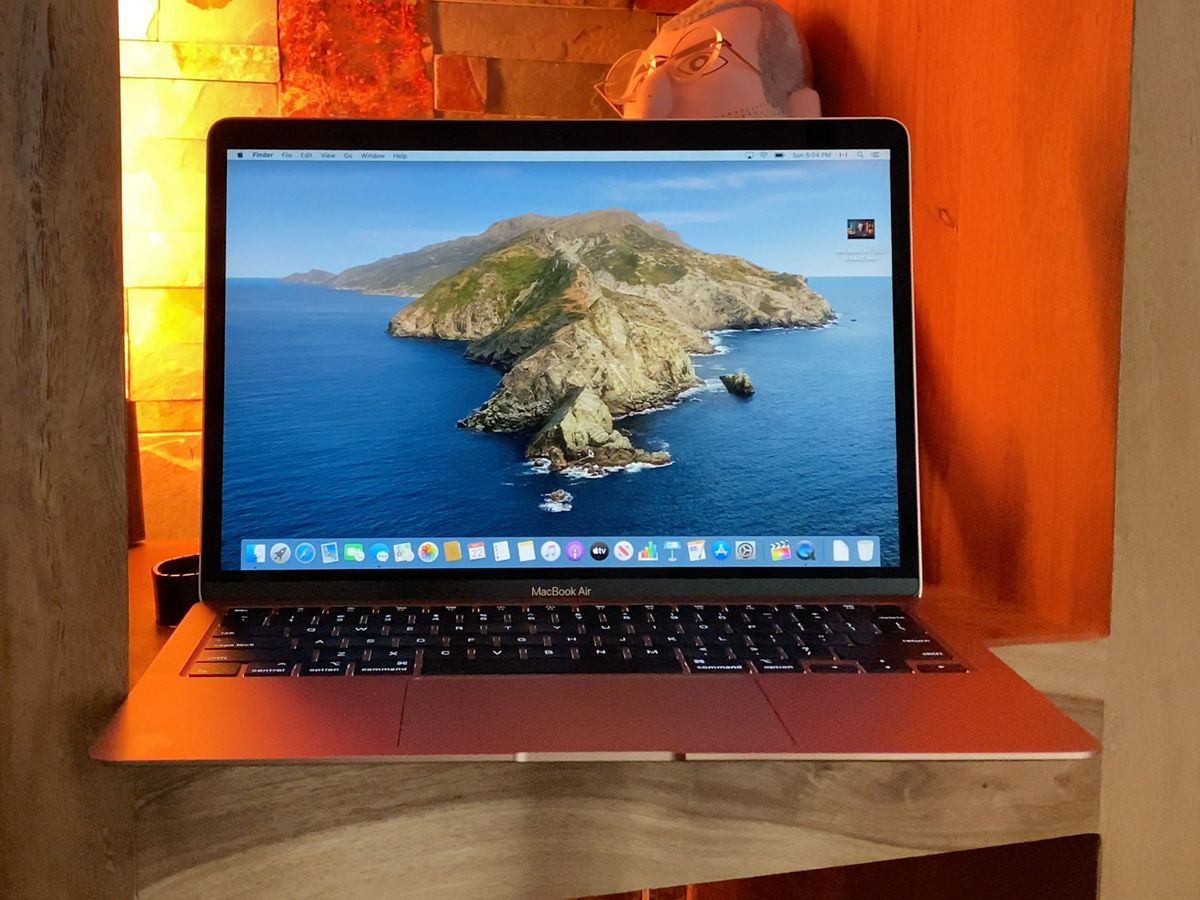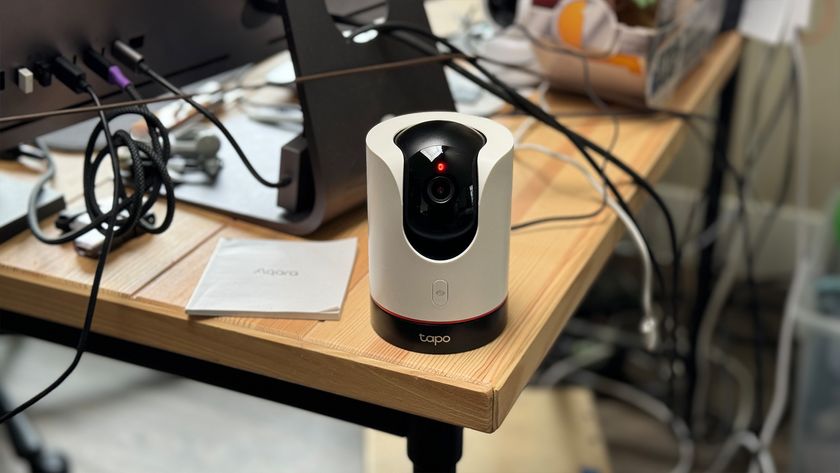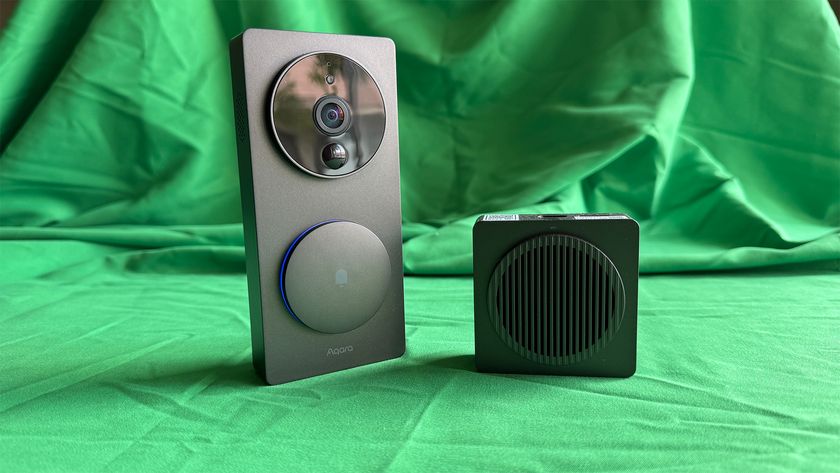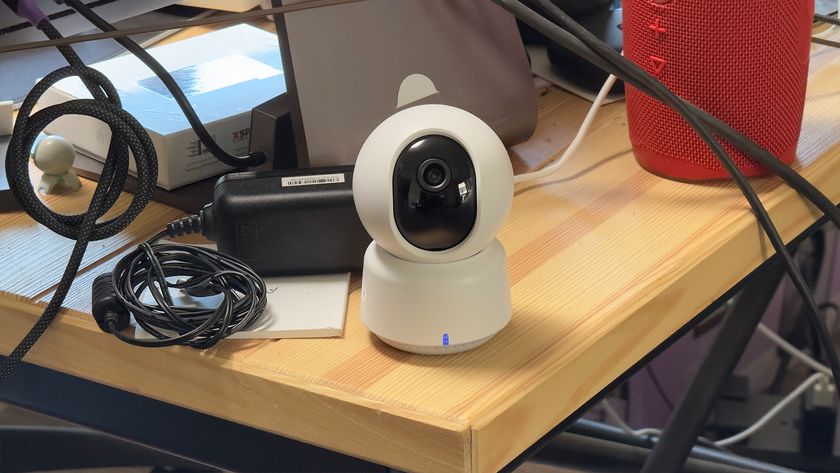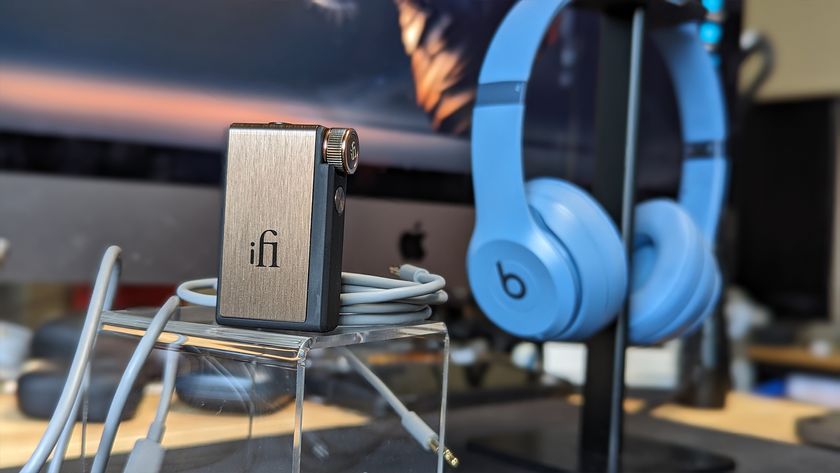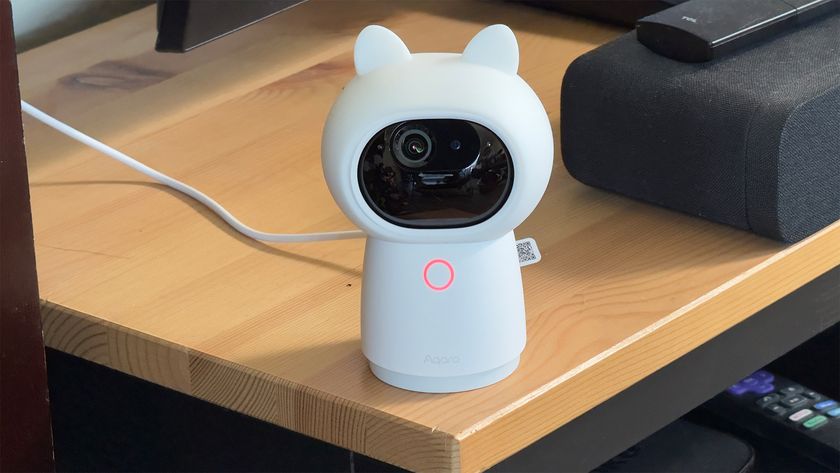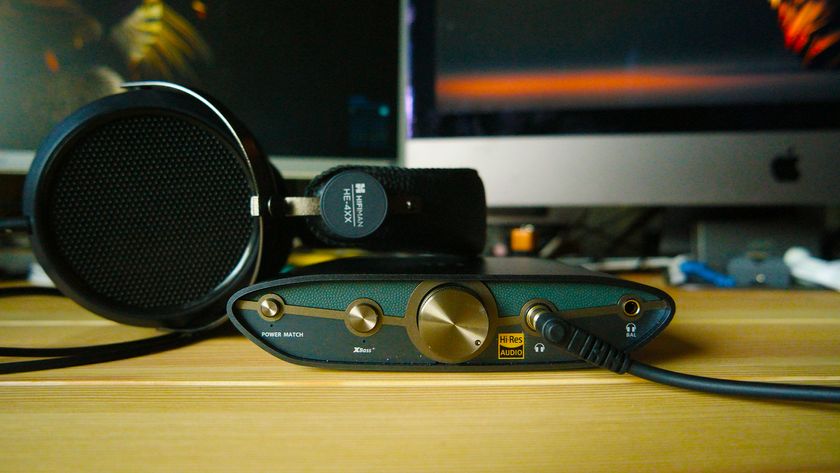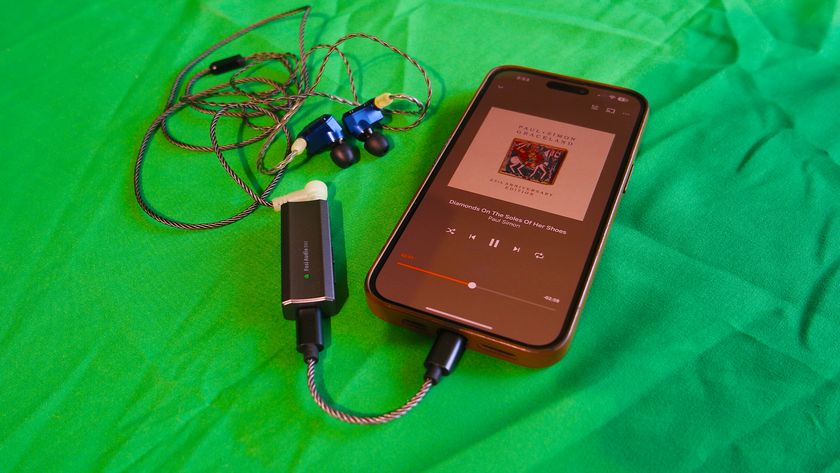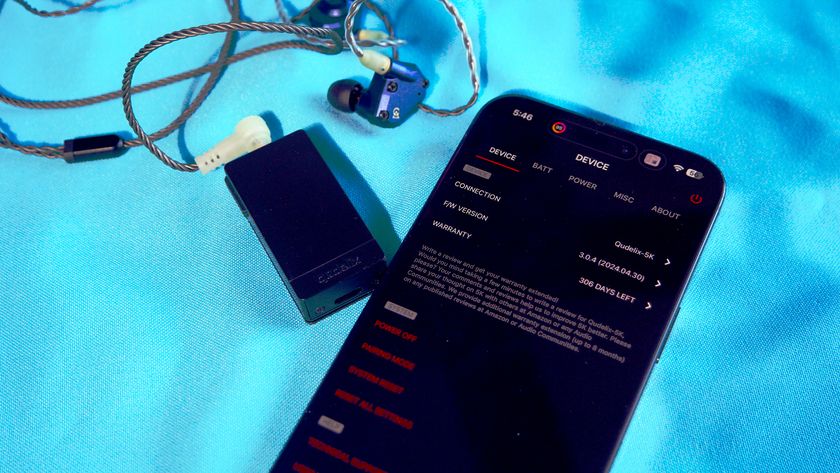I don't say this lightly. In October of 2018, Apple brought the Air out of hibernation and gave it a modern makeover. Mostly. It got the updated design, high density, Retina display, and USB-C interface that made the 12-inch MacBook, its once-and-former-successor, so compelling.
But, it also inherited the butterfly keyboard, which was meant to be thinner and more stable, but ultimately proved to be divisive and unreliable. It got Intel's Core M low-power chipset, which was fine for casual and ultra-mobile workflows but wasn't as robust as the former Air's Core I-series. And, it was more expensive. Not than the 12-inch or the initial prices of the previous Airs, but than the low, low price the immediately previous Air had dropped to over the years.
Now, some 18 months later, Apple is aiming to fix all of that with an even more modern update. But is it enough?
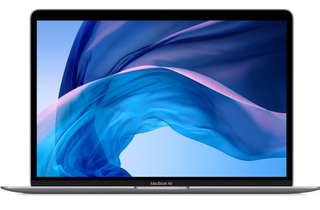
The best MacBook for everyone is finally, fully back.
Apple's most popular Mac returns to the performance, keyboard, and pricing that made it not only so popular, but so iconic.
For people who want:
- Portability over performance
- Retina display
- Scissor Keyboard at 13-inches
- Ultra-fast Thunderbolt 3 and USB-C
- Smaller bezels
- The most affordable MacBook
Not for people who want:
- Pro-level performance
- DCI-P3 Retina display
- USB-A, Thunderbolt 2, HDMI, SDHC, or other ports
- A good webcam
- No bezels
- A cheap notebook
Previously, on MacBook Air
Much of the March 2020 MacBook Air is based on the October 2018 MacBook Air. So much, that rather than recapitulate is all here, I'm going to link back to that review so, if you're completely new to the current MacBook Air platform, you can start there and then come back here to see what's been updated.
Read the MacBook Air (2018) review
MacBook Air (2020) design
Let's start off with what's not being updated. First, the bezels. Unlike the 16-inch MacBook Pro, this MacBook Air update doesn't do anything to push the screen out any further towards the corners. And… that's unfortunate. Not only because a lot of Apple's competitors have gone edge-to-edge, but because doing so allows for a bigger screen in the same size casing, which is a win for everyone.
It's also still standard sRBG gamut, not the wider P3 gamut that the Pros have had for years. Most people probably won't notice or care about the difference, but it's something for photographers to keep in mind.
And, it's got the same T2 chip for real-time encryption and Touch ID. No T3 yet or Face ID, which just seems to inevitable for these machines.
Now, maybe Apple is saving all that up for the next big redesign, or the still-mythical MacBook ARM, with every other bell and whistle on every other wish-list. Who knows?
If and when that day finally comes, I truly hope it comes with the Face ID camera from the iPhone, because the 720p one Apple keeps including on the Air is just barely better than a potato. Especially now when we're all living on FaceTime and Skype and Meet and Zoom. When good quality video conferencing isn't just a nice to have, but the only humanizing, interpersonal connection many of us still have.
Like I've said before, I'd even take a camera bump or notch or whatever at this point to get a camera worthy of the company that makes the iPhone all up in here.
Ports are still two USB-C/Thunderbolt 3, and still both on the same side. I get that it's much, much simpler and more efficient to engineer them that way, but as someone who loves, loves, loves the ability to plug the MacBook Pro in on either side, I miss it every time with the Air.
Finally, the colors are still silver, space gray, and Apple's current gold, which is what I'm reviewing.
It's not as pink as the rose gold option on the old 12-inch MacBook but it's not yellow gold like the older iPhone 5s either. It's the blushing, coppery gold Apple's been using for the last couple of years and I really like it.
MacBook Air (2020) Magic Keyboard
The new MacBook Air swaps out the old, battered Butterfly keyboard for the new Magic hotness. Introduced with the 16-inch MacBook Pro last fall, it has new keycaps and domes with more travel, that lock out at the top to maintain stability, but use scissor switches to restore reliability. And, somehow, that manages to balance the best of both keyboard worlds. At least for me.
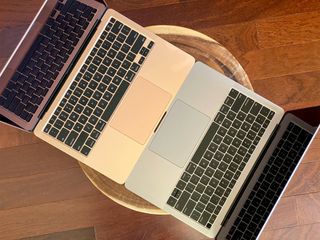
It also brings back the inverted T-shaped arrow key layout that's just so much better for touch-typing. Don't ever take those away again. Signed, a grateful nation.
I've been using the Magic Keyboard on the 16-inch for around 6 months and it feels identical on the new MacBook Air. Now, I actually really liked the feel of the butterfly keys and was worried the new scissor switches would be as loosey-goosey as the old ones. But, so far, so great. The new scissor beats them both. I want it on everything. And, given it's also coming to the iPad Pro in May, it seems so does Apple.
MacBook Air (2020) performance
Intel is… years behind on their silicon roadmap. So far behind it's affected almost every single Mac Apple's tried to ship over the last few years and, more recently, tipped the value prop of processor power decidedly in AMD's direction. Or, you know, Apple's custom ARM chips...
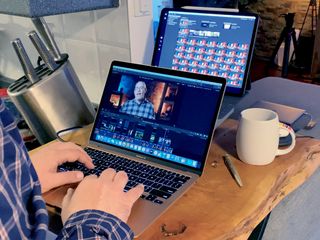
Apple has mitigated some of the issues by abstracting away the processors, using custom performance controllers and the Metal framework to target CPU, GPU, even the accelerators inside the T2 chips, to always try and get the best possible performance from any given task.
But, here, with the new MacBook Air, Intel has finally delivered 10th generation Ice Lake mobile chipsets on their new Sunny Cover architecture and, at long, long last, their new 10-nanometer process. That should translate into more power efficiency, or faster, cooler operations for everyone.
Unlike last time, when there was only one mid-range option, because the other options Intel was providing at the time weren't really much of an option, this time you can also choose between an i3, i5, or i7, which means for the first time, you can get a MacBook Air with a quad-core.
Apple says that makes these new Airs up to twice as fast as the old Airs, with up to 80% better graphics thanks to added execution units on Intel's Iris Plus architecture.
With display stream compression, that's enough to drive up to a 6K Pro Display XDR, if a tiny laptop and massive screen is really how you want to roll. For me, using an iPad with Sidecar is a more frequent, and I'd argue, more productive, use case.
Anyway, those are just numbers. To put this new Air to the test, I loaded 80 gazillion Chrome tabs and Electron apps, and… no, no, just kidding, that's Jonathan Morrison's thing.
What I did was edit this 4K RAW video right on this MacBook Air. And, well, while I'd still use the 16-Inch MacBook Pro for the horsepower and speed that comes with it, for the first time ever, an m-class Intel Mac didn't choke to death on my videos. And that's something.
(It did take the Core i5 model roughly 2.5 hours to render color-graded, 4K Canon RAW Lite video out to ProRes 422. That's about 5x longer than it takes the Core i9 16-inch MacBook Pro to render the same file.)
With up to 2 TB of storage on the new models, you can even keep a few of those videos right on the machine. Or, you know, more realistically, a ton of smaller vacation or social videos.
Now, If video isn't your thing, the new baseline now starts at 256 GB, which should be at least manageable for people who do more casual computing or store most of their big or numerous files on the cloud.
Battery life is rated at 11 hours of web surfing, 12 hours of TV app playback. I haven't had the new Air long enough to stress-test that yet, and rendering video certainly cuts that down considerably, but I'll keep an eye on it for the next couple of weeks and let you know how well it works out.
MacBook Air (2020) Sound
For the last few years, Apple's been on an absolute tear when it comes to audio. They built a huge lab outside Apple Park, dove deep into computational sound with the HomePod, and have been amping up every other speaker and mic with the resulting technology. Including, now, the ones on the MacBook Air.
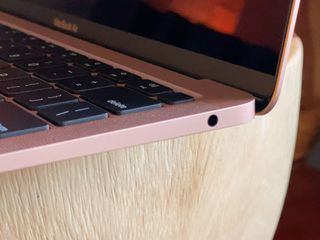
The mics aren't what Apple calls "studio quality" like the 16-inch MacBook Pro — you can watch the video up top to hear them compard to a $1000 XLR mic and the 16-inch MacBook Pro — but they're certainly enough for audio or video chats if you don't have your headphones handy.
Same with the speakers. They're not quite up to the 16-inch MacBook Pro's level, which I would say is industry-leading. But they're way better than before.
Apple pegs the numbers as twice the bass and 25% more volume. In other words, boomier and louder. They're also clearer to my ears. And they support Dolby ATMOS playback and Apple's own spatial audio technology.
MacBook Air (2020) conclusion
$999 for the base model. $899 for students. That's the price that catapulted the second-generation MacBook Air into becoming the laptop for the mainstream. The one you saw in every classroom, coffee shop, and at every press event.

The Airs have all cost more than that at launch, of course. A lot more at times, as Apple tries to recoup R&D and tooling costs from early adopters. But as savings kick in at scale, they drop them down. It's taken 18 months for the Air to get back under a thousand bucks, something I'll point out the 12-inch MacBook never managed to do.
When you combine that starting at $999 price tag with the Air's build quality, macOS, and all the free software that comes with it, it just provides a ton of value — and value that lasts for years.
And, if performance is just as valuable as portability for you, you can now spec the new Air out to $2,249, fully loaded, giving a better range of options for a wider range of customers.
So, If you have an old MacBook Air or 12-inch MacBook, even the old 13-inch MacBook Pro escape, and you've been waiting to upgrade, then wait no more. This is very much the new MacBook Air you've been waiting for.

Rene Ritchie is one of the most respected Apple analysts in the business, reaching a combined audience of over 40 million readers a month. His YouTube channel, Vector, has over 90 thousand subscribers and 14 million views and his podcasts, including Debug, have been downloaded over 20 million times. He also regularly co-hosts MacBreak Weekly for the TWiT network and co-hosted CES Live! and Talk Mobile. Based in Montreal, Rene is a former director of product marketing, web developer, and graphic designer. He's authored several books and appeared on numerous television and radio segments to discuss Apple and the technology industry. When not working, he likes to cook, grapple, and spend time with his friends and family.
